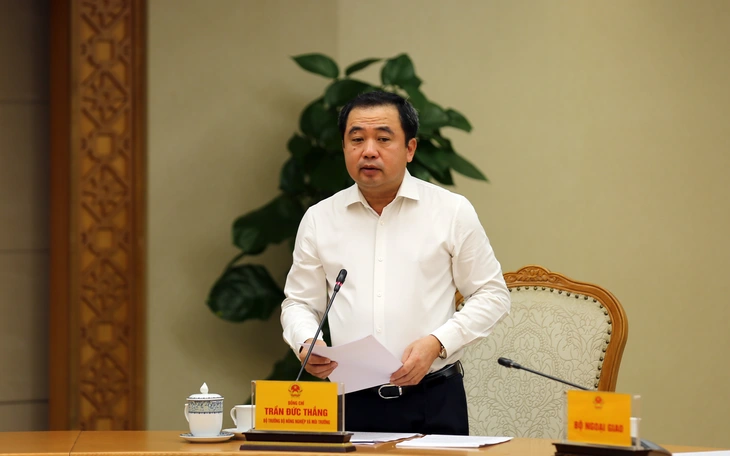
Minister of Agriculture and Environment Tran Duc Thang - Photo: VGP
According to reports, early on the morning of November 5, the storm entered the East Sea. Minister of Agriculture and Environment Tran Duc Thang said that storm Kalmaegi is a very strong storm, moving quickly, making landfall with strong intensity.
Level 4 natural disaster risk, localities need to proactively respond
The storm could bring heavy rain to the Central region, including localities that have just suffered heavy damage from floods. The storm has a level 4 natural disaster risk.
The Civil Defense Command of the provinces and cities of Hue, Da Nang , Quang Ngai, and Dak Lak has directed the operation of reservoirs to be ready to reduce floods downstream.
Currently, coastal areas of many provinces are experiencing landslides or are at risk of landslides such as Cua Dai, Hoi An (Da Nang City), An My (Dak Lak)... Localities need to reinforce and limit landslides when storms make landfall.
In response to the storm, the Prime Minister has issued instructions, so Minister Thang requested that we focus on strictly implementing the instructions, using all measures to inform ship owners, captains, and vehicles still operating at sea. Call on ships to leave the dangerous area or enter a safe shelter, consider banning the sea early from November 5 and resolutely evacuate people from cages and rafts.
At the same time, the locality evacuated all households from dangerous areas, especially coastal areas; reinforced houses; proactively decided to let students stay home from school before the storm made landfall; and mobilized forces to harvest agricultural and aquaculture production.
Restrict people from going out on the streets when storms and heavy rains hit; arrange forces to guard and control people and vehicles in areas at risk of deep flooding and landslides; prepare forces, materials and means to handle incidents and ensure smooth traffic.
The leaders of the Quang Tri Provincial People's Committee said that they have planned to evacuate over 1,000 households in 9 coastal communes; over 2,200 households in flooded areas; 415 households in landslide areas when the rain and floods last long. The province has also allocated 200 billion VND in support from the Central Government and is allocating another 100 billion VND to overcome natural disasters and repair infrastructure.
Hue City is dealing with the consequences of the floods from October 25th until now; focusing on water regulation. However, the whole province still has 18 flooded communes with 15,156 households. In Da Nang, there is still localized flooding, the land in the western area is waterlogged, with a high risk of landslides.
The city has directed the evacuation of people from dangerous areas and widely informed about flooded areas. The erosion of Hoi An's coastline is considered very urgent. The military has deployed temporary measures.
Quang Ngai province has developed a plan to evacuate about 26,774 households to avoid storms, 7,818 households to avoid floods and 4,057 households to prevent landslides. Telecommunications units are required to check and evaluate the safety of stations, pillars and equipment, and promptly relocate if unsafe.
Deputy Minister of Agriculture and Environment Nguyen Hoang Hiep said the storm is forecast to make landfall, focusing on the Quy Nhon area (formerly Binh Dinh) and southern Quang Ngai province. When it reaches the shore, the wind may gust to level 13-14, with the risk of roofs being blown off and houses collapsing. The coastal terrain of Quy Nhon is bare, with strong direct winds, so the danger level is high.
The storm circulation will cause widespread rain, notably in Gia Lai, Dak Lak and the mountainous areas of Quang Ngai and Quang Nam (old) where there is a risk of landslides and isolation. A peak flood may appear in the early morning of November 8, rising and falling quickly, posing great risks. Many hydroelectric and irrigation reservoirs in the basin are still full and need to be released early to avoid flooding.
Coastal areas have a large number of aquaculture cages, which pose a safety risk if people stay behind to guard them when a storm comes. Solar farms also need to be secured.

Deputy Prime Minister Tran Hong Ha - Photo: VGP
This morning, November 5, the response scenario must be updated.
In conclusion, Deputy Prime Minister Tran Hong Ha said that Typhoon Kalmaegi was a "very unusual" storm as it formed quickly in November, moved at a speed of 25km/h and had great intensity. Meanwhile, many localities have not yet overcome the consequences of previous natural disasters.
Irrigation and hydroelectric dams have reached their designed capacity. Water levels remain high; flooding in urban and rural areas has not been resolved. In mountainous areas, landslides, flash floods, and flash floods are becoming increasingly serious.
With the view that the response to storm No. 13 is in a "more urgent and dangerous state", Mr. Ha suggested that the Ministry of Agriculture and Environment forecast "with higher requirements" and provide "more dense" information for each stage. Forecasts need to be compared with previous storms to help localities and people visualize.
The storm will affect from 7pm tomorrow (November 6) to around 4am on November 7, so "there is very little time left to prepare". Therefore, all localities in the storm's circulation area must update and develop response plans and scenarios from this morning (November 5).
In particular, he requested a 100% ban on ships and rafts going out to sea. People must absolutely not be at sea after 5 p.m. on November 6. Police and border guards must ensure safety and control people's property. The evacuation of people from dangerous areas must be completed before 7 p.m. on November 6 in coastal areas subject to high tides and mountainous areas with high, isolated, and landslide areas.
Localities must work immediately with Military Region 4 and Military Region 5 to determine forces, numbers, and means, "not waiting until the division is over before sending in troops."
Ensure communication, especially in areas at risk of being isolated. Ministries and localities "take immediate responsibility" for dams, assess dam safety, operate, and reduce water levels to safe levels to have flood-cutting capacity during November 6-8, when there is a possibility of heavy rain of 200 to over 300mm.
Localities are requested to urgently assess the need for food, medicine and chemical support for the people. The Ministry of Finance, the army and the police should consider providing support now, not waiting for the situation to arise.
Rescue vehicles must be mobilized from Military Region 4, Military Region 5 and local resources to be ready to respond to floods and move in flooded areas.
Source: https://tuoitre.vn/pho-thu-tuong-chu-dong-ung-pho-bao-so-13-trong-tinh-trang-khan-cap-hon-va-nguy-hiem-hon-20251105091724099.htm





![[Photo] Opening of the 14th Conference of the 13th Party Central Committee](https://vphoto.vietnam.vn/thumb/1200x675/vietnam/resource/IMAGE/2025/11/05/1762310995216_a5-bnd-5742-5255-jpg.webp)




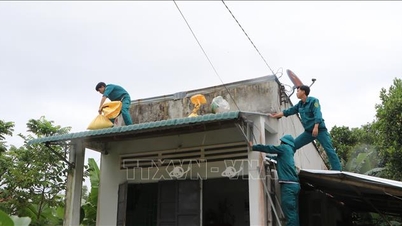



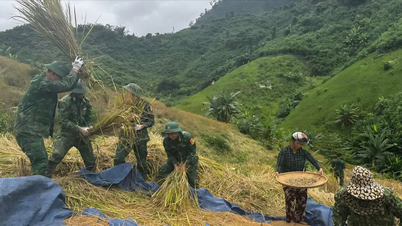

















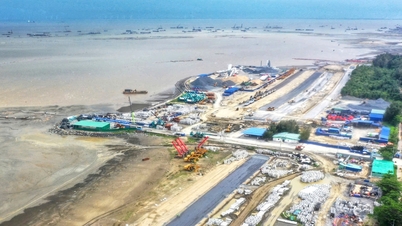



![[Photo] Panorama of the Patriotic Emulation Congress of Nhan Dan Newspaper for the period 2025-2030](https://vphoto.vietnam.vn/thumb/1200x675/vietnam/resource/IMAGE/2025/11/04/1762252775462_ndo_br_dhthiduayeuncbaond-6125-jpg.webp)




















































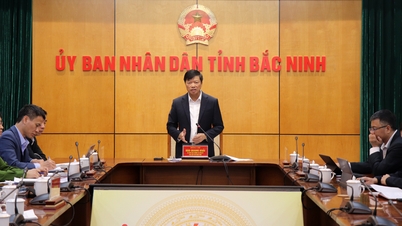





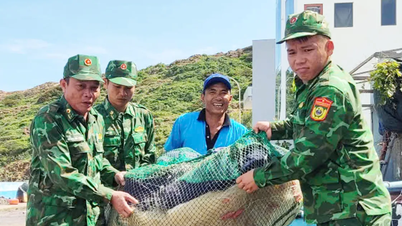















Comment (0)